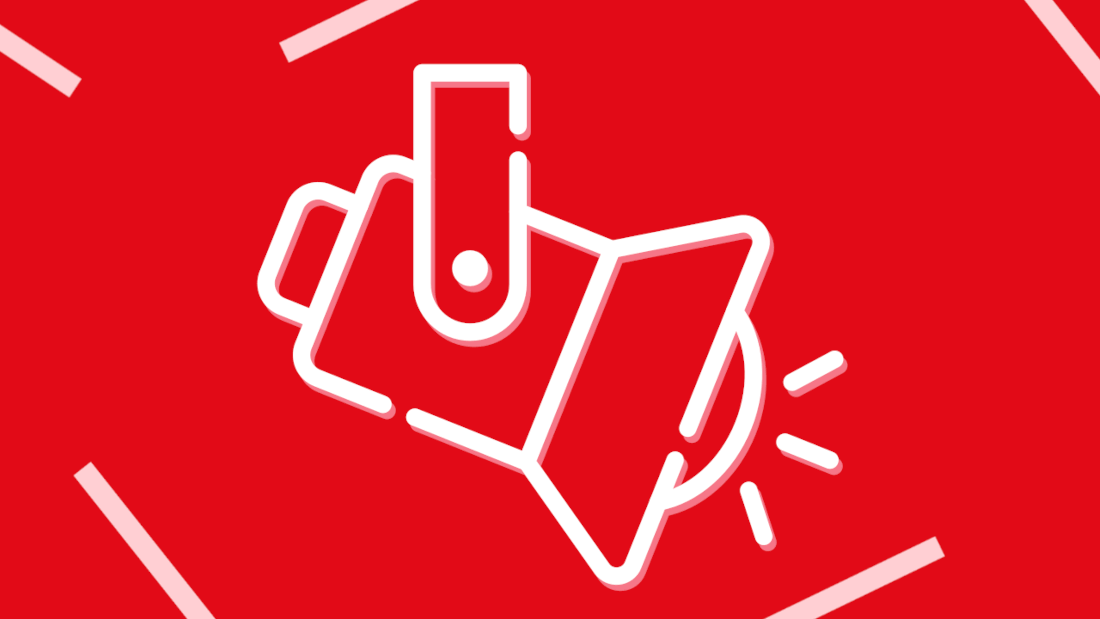With a background in theatre and clowning I was pleasantly surprised to find that many of the skills and principles I learned in improv apply to design.
Improvisational theatre, or improv, is where performers create scenes, characters and dialogue on the fly, without a script or preconceived story.
The success of improv depends on the actors' ability to collaborate and think creatively, as they must constantly adapt and build upon each other's ideas in real-time.
To achieve this, improvisers use a set of core principles and techniques.
A famous example is “yes, and" which is the principle that you should accept and build on your scene partner's contributions, rather than overriding them.
Another is active listening, which is about tuning in to each other's cues and body language.
The result is a dynamic and engaging performance that is unique every time.
If you’re a designer, you’ve probably already started to notice some overlaps with the way we work.
Iteration
In improv, performers must be ready to adjust their performance based on the interaction they're having on stage with other performers, and with the audience.
Similarly, design thinking involves constant iteration and adaptation based on research, user feedback, and stakeholder needs.
By being open to change and willing to adjust their approach as needed, designers can create solutions that are truly tailored to the needs of their audience.
Embracing uncertainty and ambiguity
Improv actors must be ready to respond to whatever is thrown their way.
Similarly, design thinking involves a willingness to embrace uncertainty and take a non-linear approach to problem-solving.
By resisting or rejecting preconceived patterns and ideas, designers can create solutions that are truly innovative and ground-breaking.
Collaboration and creativity
In improv, actors rely on each other to create engaging and dynamic scenes.
By building on each other's ideas and pushing the limits of what's possible, they create something that's greater than the sum of its parts.
Similarly, in design thinking, collaboration and creativity are key to creating innovative solutions to complex problems.
By working together, and fostering a supportive environment where everyone's ideas are heard, designers can push the boundaries of what's possible.
Ideation
In improv, actors use exercises like “yes, and" to build on each other's ideas and generate new possibilities.
This approach can also be applied to design thinking workshops, where you’ll often hear facilitators say: “There’s no such thing as a bad idea at this stage.”
It’s about encouraging participants to share openly, without inhibition, and encourage each other to keep exploring.
Empathy and active listening
In improv, actors must be attuned to the needs and feelings of their scene partners to create a cohesive and engaging scene.
Active listening is a key component of both empathy and improv. It means paying close attention to what others are saying and responding appropriately.
Empathy is a core principle in design thinking, which is ultimately about understanding the needs of the user.
By incorporating empathy and active listening into the design thinking process, designers can gain a deeper understanding of their users' needs and create solutions to meet them.
Tools and techniques from improv
“Yes, and..."
The “Yes, and..." technique is a popular improv technique that can be applied to the design thinking process.
Each participant builds on the previous idea or statement by saying “Yes, and..." followed by their own contribution.
This technique fosters collaboration and generates a large number of ideas quickly.
However, proper management of the technique is necessary to avoid generating unfocused or unrealistic ideas or expectations. It may not be the best technique to use when a clear direction or focus is needed from the start of the discovery phase.
Practical tips for using “Yes, and..." in design thinking include:
- set clear objectives and time limits
- encourage active listening and collaboration
- store “but" ideas (stoppers or blockers) in a "but jar" to avoid disrupting the flow
Object Work
In object work, physical and gestural actions are used to create and interact with imaginary objects.
This technique stimulates creativity and imagination, and can be used to generate new ideas, create shared understanding of a concept or idea, and test physical prototypes at low-fidelity.
Its limitations lie in its reliance on imagination and physicality. Object work may not work well for individuals who struggle with visualization or those who are not comfortable with physical expression.
Practical tips for using object work in design thinking:
- set clear parameters for the imaginary objects or prototypes
- provide ample time for participants to engage with the objects
- use a variety of materials and props when testing and prototyping
Role Playing
Roleplaying is an improv technique that involves participants taking on the role of a user, stakeholder, or persona to gain a better understanding of their needs and experiences.
This technique is useful in the empathize and define stages of the design thinking process, where designers seek to understand the user and define the problem they are trying to solve.
Roleplaying can help designers see things from the user's perspective.
One limitation of roleplaying is that it can be time-consuming and require a significant amount of preparation.
It may also require a skilled facilitator to ensure that the roleplaying is productive and on-topic.
Practical tips for using roleplaying effectively in design thinking:
- choose relevant personas or users to roleplay
- provide clear instructions and guidelines
- encourage participants to fully immerse themselves in the role
- allow time for debriefing and reflection after the activity
Storytelling
Storytelling is a powerful tool for conveying ideas and building empathy.
In improv, storytelling is used to create engaging and dynamic scenes.
In design, storytelling can be used to help stakeholders understand the user's perspective and build empathy for their needs.
The 5 Ws (who, what, where, when, and why) can be used to create a narrative that is rich in detail and captures the user's journey.
The value of using the 5 Ws in storytelling is its ability to create a narrative that resonates with the audience.
By asking questions that explore the user's experience from different angles, designers can gain a deeper understanding of their needs and pain points.
One limitation of storytelling is that it can be difficult to balance the need for a compelling narrative with the need for accuracy and completeness of information.
Practical tips for using storytelling in design thinking:
- Use the 5 Ws to create a narrative
- balance the need for narrative with accuracy and completeness
- Focus on the emotional journey of the user, not just the factual details
Improv ice breakers for workshops
Ice breakers using improv techniques can help build rapport and creativity within the group.
First, have everyone introduce themselves to the group by saying their name, something interesting about themselves, and something related to the previous person's statement. This uses the “Yes, and" principle.
Next, get everyone to share an object they have with them (physical or digital) and explain how it relates to their work or the design challenge at hand. Encourage them to use their imagination and creativity to come up with unexpected connections.
Finally, have everyone create a character that represents their approach to design, or their personality, complete with a name and backstory. Then have each person introduce their character to the group and explain how they approach design or problem-solving.
Limitations of improv for design
Having said all of the above, there are some limitations to keep in mind.
One of the biggest limitations, in my experience, is that not everyone on the team may be comfortable with the improv format.
Some team members may not be used to brainstorming or collaborating in this way, which can make it difficult to get everyone fully engaged in the process.
Additionally, cultural or social norms can also impact how comfortable team members feel with improvisation and roleplaying.
Improv might also work less well within hierarchical teams. It is based on the principle of collaboration and equality, but in hierarchical teams, some members may be hesitant to contribute their ideas or challenge those of their superiors.
To address this, it's important to adjust the facilitation and communication style to ensure that all team members feel comfortable participating and contributing. An external facilitator or mediator can also help ensure that all voices are heard and valued.
While improv can be a great tool for generating ideas and exploring possibilities, it is probably not be the best approach for making final decisions or creating detailed plans. More structured processes may be necessary to ensure that the work is completed effectively and efficiently.
It's also important to note that not all improv techniques may be useful or appropriate for every stage of the design process. Some techniques, like “Yes, and…” may be more effective for ideation and exploration than for narrowing down options or making final decisions.
Lastly, while positivity can be a valuable asset in design thinking, it's important to be aware of the potential drawbacks of so-called ‘toxic positivity’.
In my experience, excessive insistence on positivity can lead to a lack of empathy for the user's pain points and needs. It can also stifle creativity and lead to groupthink.
It's important for designers to balance positivity with realism and empathy. We need to acknowledge and address negative emotions and experiences to develop a more nuanced understanding of user needs.



